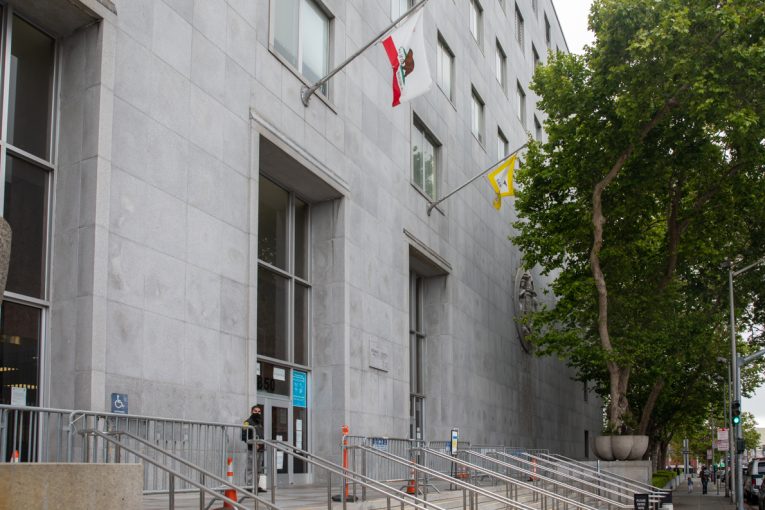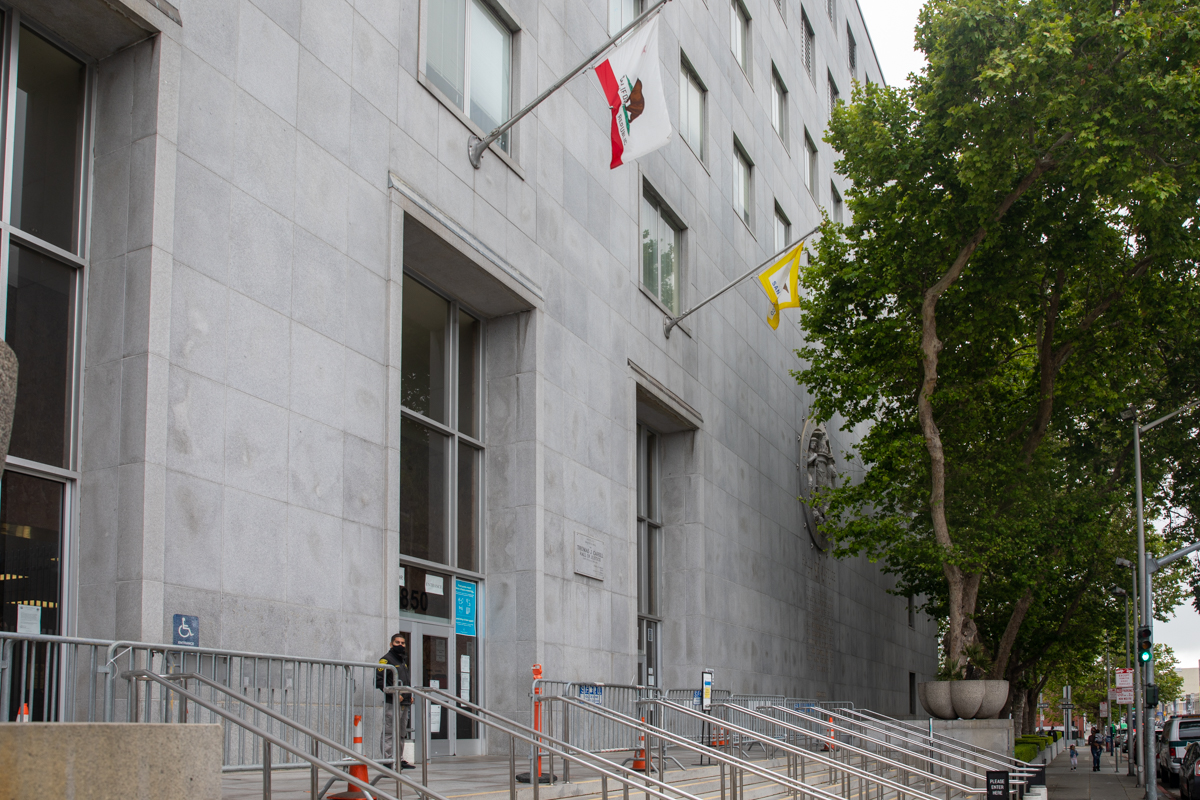
 By Alana Bleimann
By Alana Bleimann
SAN FRANCISCO, CA – As the last day of Erbert Mayek’s three-month-long trial came to a close Tuesday, Assistant Public Defender Martina Avalos accused Assistant District Attorney Andrew Clark of prosecutorial misconduct by inducing a mistrial.
The morning began with some technical difficulties and, before bringing the jury in, Judge Stephen Murphy called on Avalos to explain the reasoning behind the claim of misconduct.
Avalos detailed how Clark induced a mistrial in the examination of one of the key witnesses.
PD Avalos said that, through legal jargon, Clark induced the witness to violate “limit A”—the willful purpose to force witnesses—and led them to violate a court order in order to receive a mistrial and persuade the jury. 
The only reason Clark would have wanted a mistrial was because he thought he was going to lose, according to Avalos.
Clark has over 25 years of courtroom experience and has worked on over 200 trials, so he must have known the mistakes he was making, according to Avalos, who insisted the actions were intentional.
“It cannot be said that Clark was…in violation,” Judge Murphy said.
“He cannot hide behind a poor, misguided question,” Avalos said, noting Clark has made “egregious, unsolicited comments to the jury about the preliminary hearing” and has “engaged in a pattern of speaking out of turn…gaslighting.”
Prosecutor Clark responded to the accusations, claiming that Avalos was never perfect, either, noting that last week she allegedly planned to never call her client.
This “is just not true,” Judge Murphy sighed in response.
“His [Clark’s] favorite tactic is to say I’m some sort of inexperienced lawyer,” Avalos responded to Judge Murphy.
Judge Murphy then asked to hear about the two 1118.1 motions filed by Avalos.
According to the California Legislature, Penal Code section 1118.1 states that the judge in jury cases, “at the close of the evidence on either side and before the case is submitted to the jury for decision, shall order the entry of a judgment of acquittal of one or more of the offenses charged in the accusatory pleading if the evidence then before the court is insufficient to sustain a conviction of such offense or offenses on appeal.”
Under this motion, Avalos claimed that both the defendant’s Count 1 and Count 3 were based on “weak circumstantial evidence at best.”
Count 1 accused the defendant of unlawfully entering an inhabited dwelling. However, Avalos argued that the home was not inhabited at the time of the crime nor at all during the last three years.
“We have a lot of information here that no one was currently there,” she said, citing points such as food in the fridge having an expiration date of 2016 to no one being able to contact the homeowner.
On the other hand, Clark stated that according to the photos taken by investigators at the scene there was a lot of furniture in the home, proving that it was being inhabited.
“There’s just not enough [evidence],” Avalos pointed out once again.
Clark quickly rebutted there was also an alarm and multiple utilities in the house. Additionally, there was testimony from a witness stating there was a family living in the home in 2019 (the same year as the alleged crime).
Regarding the testimony of a family living in the home, Judge Murphy claimed that this was not true, after reviewing relevant documents.
Avalos then moved on to Count 3 which stated that the defendant used a lighter to start the fire.
Said lighter was found on his person on Sept. 3, said the PD, a few days after the incident occurred. But there was no proof that this lighter was intended for the fire, Avalos argued.
Prosecutor Clark then stated that in the neighbor’s surveillance footage, one can see the defendant “put something in his pocket,” which he said was the lighter. And the next day, police find a lighter on him, proving that this was used to start the fire.
“So what do we do with the jury?” Judge Murphy asked Avalos and Clark.
Judge Murphy decided to take a pause in the discussion in order to discuss the next steps for the jury, which had been waiting outside the courtroom for a little over an hour.
With no more witnesses needed, he summoned the jury in and described the situation at hand, planning to resume the trial.
